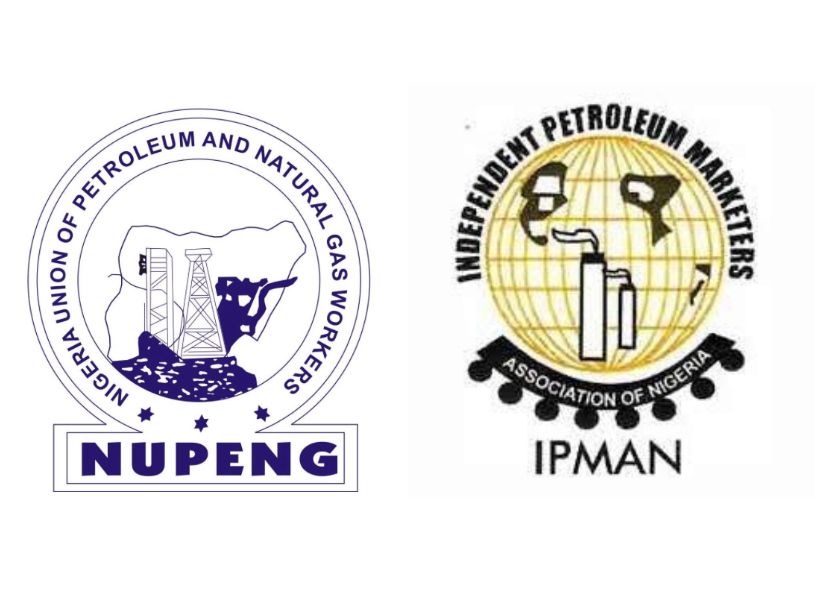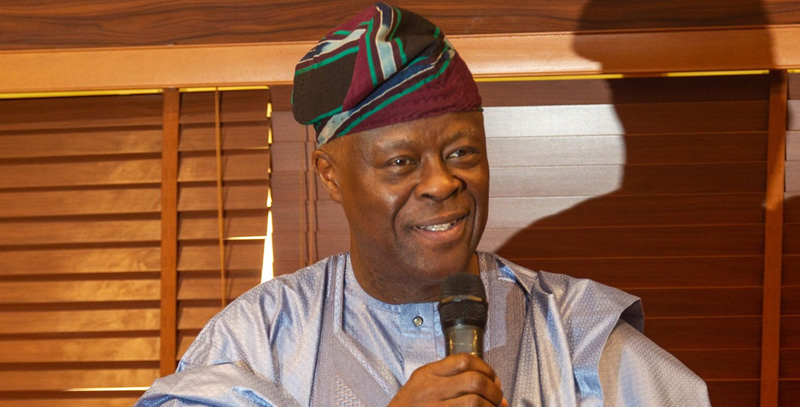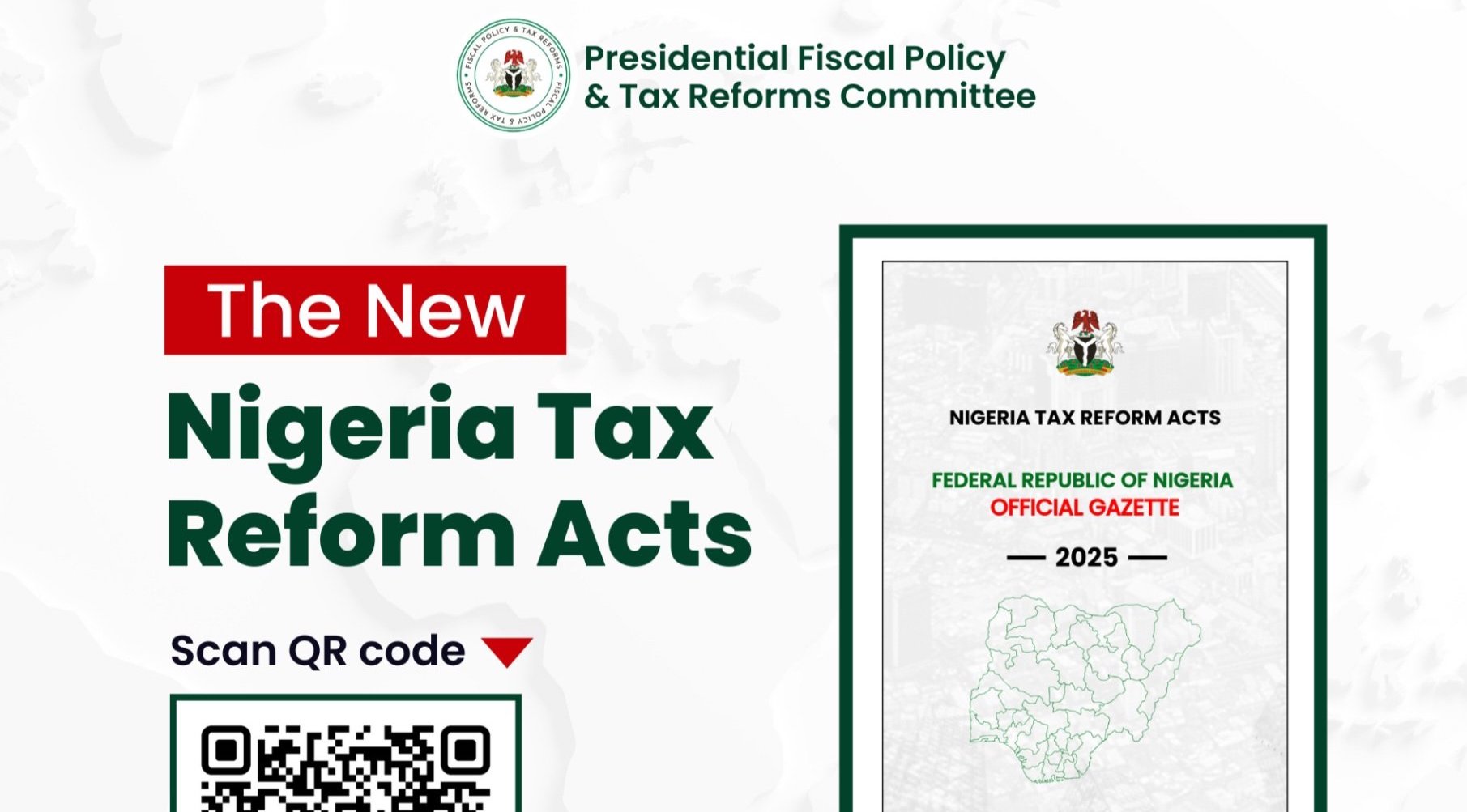By Ugo Inyama
The United States has approved $32.5 million in food assistance to Nigeria, a country facing what international agencies describe as one of the most severe hunger crises in the world. The funds, channelled through the World Food Programme (WFP), are expected to reach more than 764,000 people across the northeast and northwest—regions most affected by conflict and displacement. Among them are over 41,000 pregnant and breastfeeding women and more than 43,000 children who will receive targeted nutritional support.
For many, this intervention will provide immediate relief. Yet it also raises an enduring question: is this a lasting solution, or only a temporary response to a deeper problem?
Hunger’s Grip
Nigeria is experiencing its most serious hunger emergency in decades. More than 31 million citizens are classified as food insecure (World Bank, 2024), a situation shaped by insurgency, displacement, and economic pressures. In states such as Borno and Zamfara, farmlands have become unsafe, trade routes disrupted, and local economies weakened. For many households, even the most basic food items are increasingly difficult to afford.
Earlier this year, WFP was forced to close over 150 nutrition clinics in Borno State following funding cuts, leaving thousands of children without treatment for acute malnutrition. Families were left with little choice but to go without food or depend on community support.
The United States has for many years been a major contributor to Nigeria’s humanitarian response—at one stage funding nearly 60% of WFP’s operations in the country (WFP, 2024). That support was suspended in early 2025, creating a significant shortfall that other donors could not fill. The new $32.5 million commitment marks a renewed engagement, but compared to the $1 billion estimated need for 2025 (UN OCHA, 2025), it represents only a fraction of what is required.
Even so, for families in displacement camps across Maiduguri or Katsina, this support will bring real and immediate benefits—food vouchers, fortified meals for mothers, and emergency nutrition for children.
Tackling the Structural Drivers
Humanitarian assistance is essential, but it cannot by itself resolve the structural causes of hunger in Nigeria. The challenge is not simply about food supply, but about the absence of systems that guarantee access, affordability, and security. Nigeria has the land, resources, and people to be food sufficient, yet years of underinvestment, corruption, and policy inconsistency have weakened the agricultural sector.
Although billions have been allocated to farming initiatives, many smallholders still lack access to credit, irrigation, storage, and fair markets. Food aid helps in the short term, but without reforms to strengthen rural infrastructure, support local farmers, and restore security, the cycle of dependency is likely to continue.
A Shared Responsibility
The renewed support from the United States is timely. It provides relief at a period of urgent need. However, the long-term responsibility for addressing hunger lies within Nigeria. The battle will be determined not in Washington or New York, but in Abuja, Kano, Enugu, and across farming communities nationwide.
Restoring peace to rural areas must be a priority. Agricultural funds should be deployed transparently. And sustained investment in smallholder farmers—the backbone of Nigeria’s food system—remains essential.
For now, America’s $32.5 million provides a necessary lifeline. But without bold domestic reforms, it risks being what food aid so often becomes: a temporary bandage on a persistent wound.
*Ugo Inyama writes from the African Digital Governance Centre, Manchester, UK. www.Africandgc.com
The post U.S. Gives $32.5m Food Aid to Nigeria: Lifeline or Bandage? appeared first on THISDAYLIVE.





